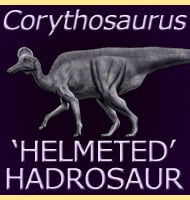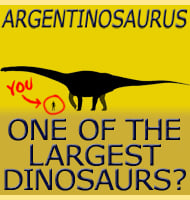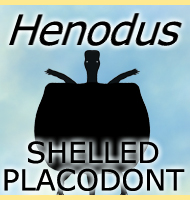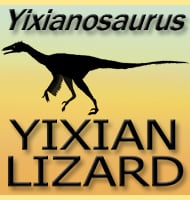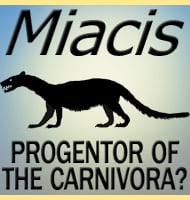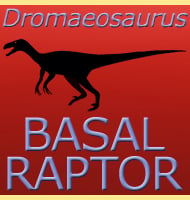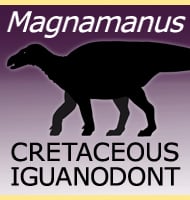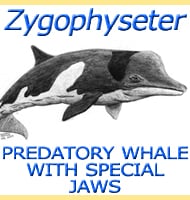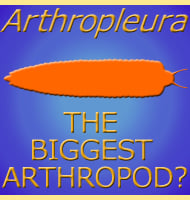In Depth
Eretmorhipis is a genus of hupehsuchian reptile that lived in waters that once submerged China during the early Triassic. Members of the Hupehsuchidae (relatives of Hupehsuchus) were reptiles that hunted in the sea, looking a lot like primitive ichthyosaurs, though not directly related to them. Eretmorhipis stands out from most other hupehsuchian in the fact that the feet still have clearly defined toes whereas in most other genera they are formed into rudimentary flippers. Hupehsuchians are also noted for having large osteoderm plates that grew along the length of the spine, and in Eretmorhipis they are notably larger than other known genera, covering the equivalent of as much as four vertebrae each.
Further Reading
- A New Specimen of Carroll’s Mystery Hupehsuchian from the Lower Triassic of China. - PLoS ONE 10 (5). - Xiao-hong Chen, Ryosuke Motani , Long Cheng, Da-yong Jiang & Olivier Rieppel - 2015.

